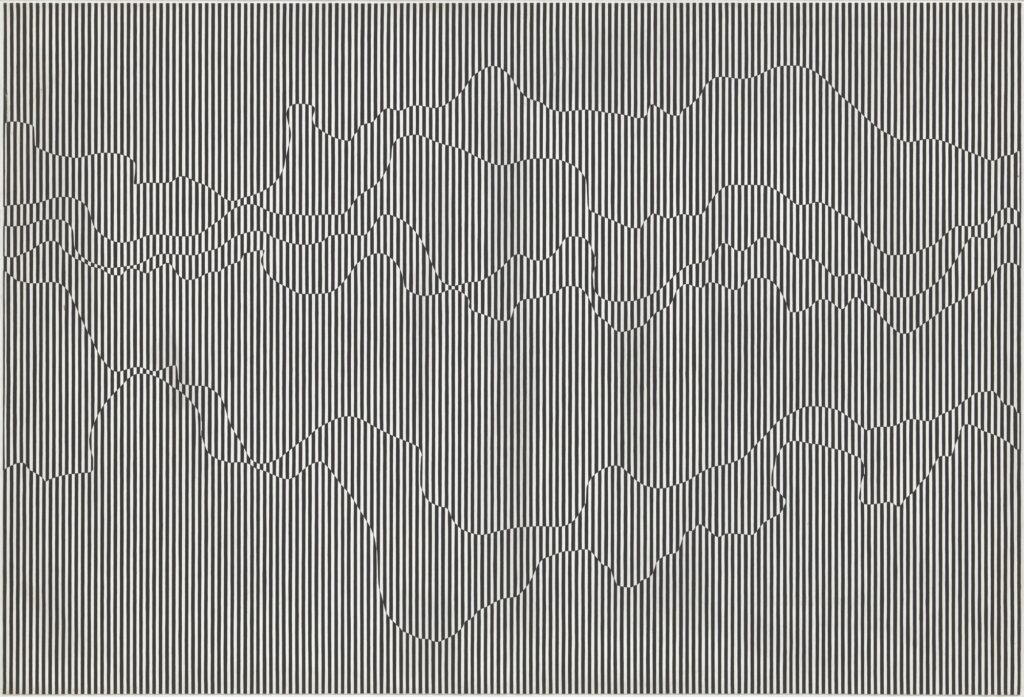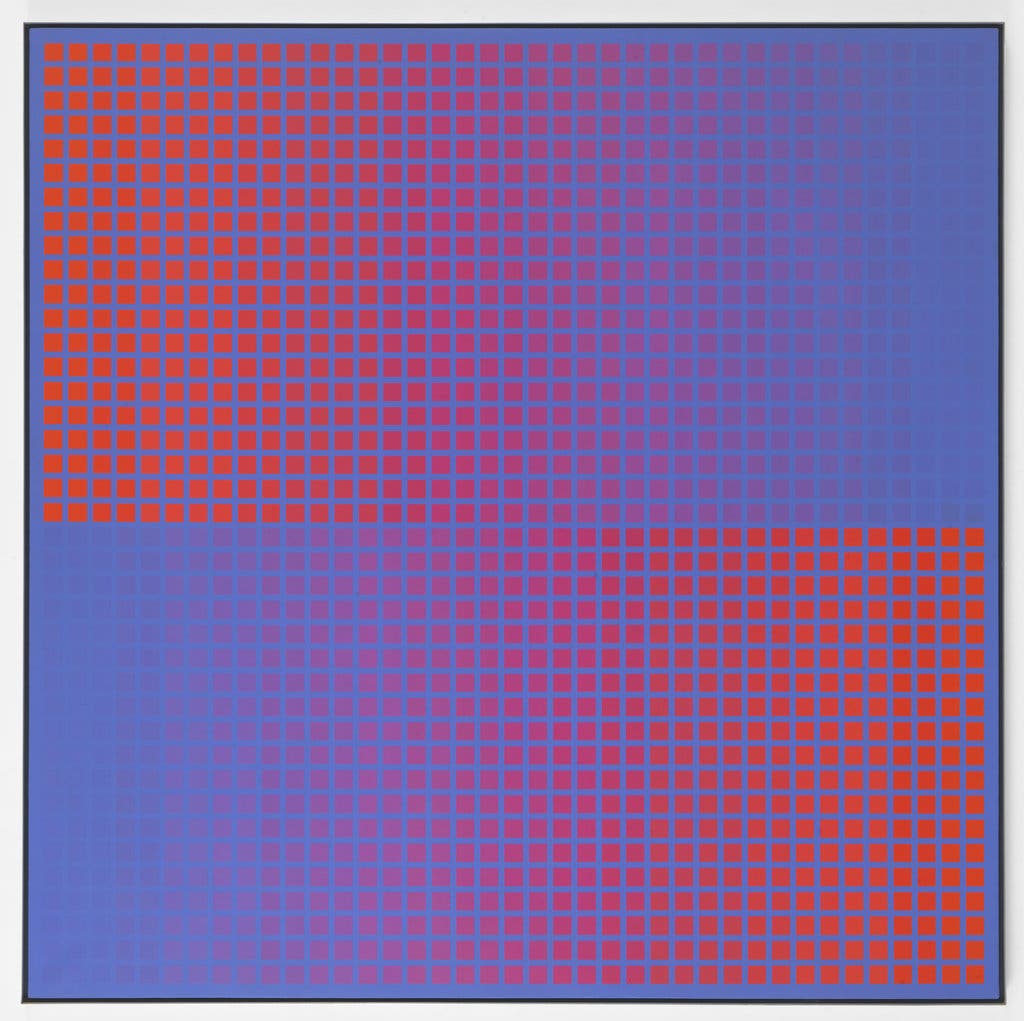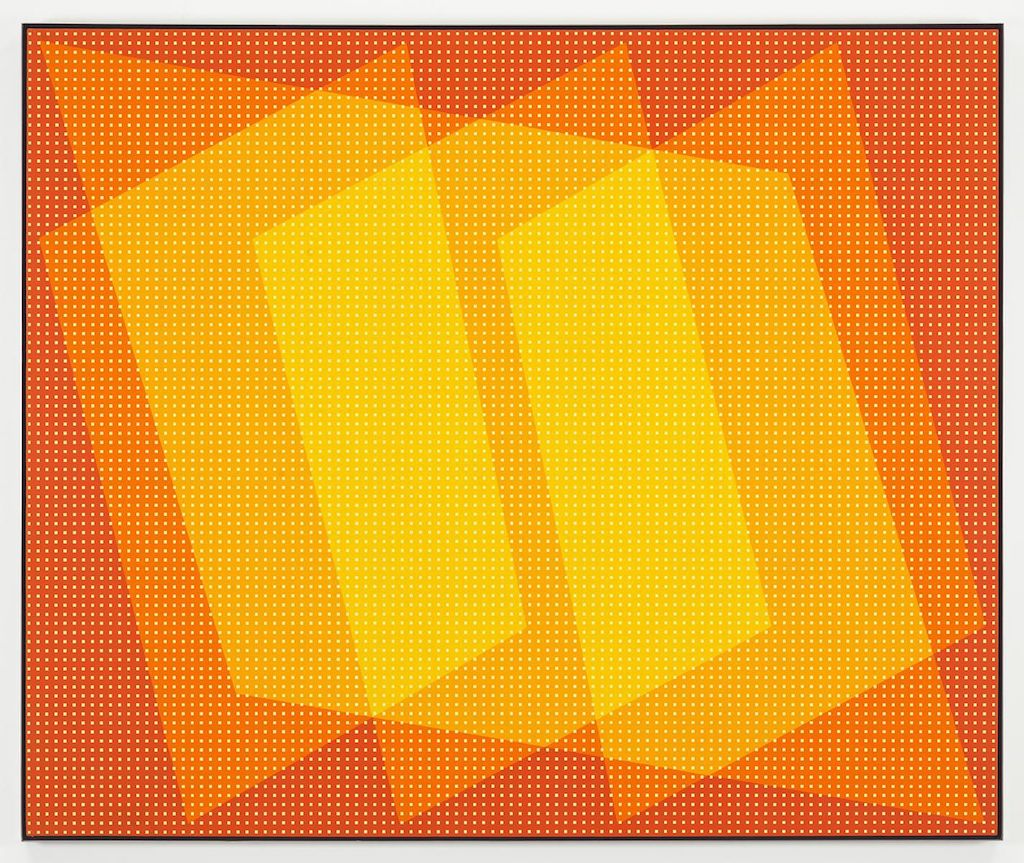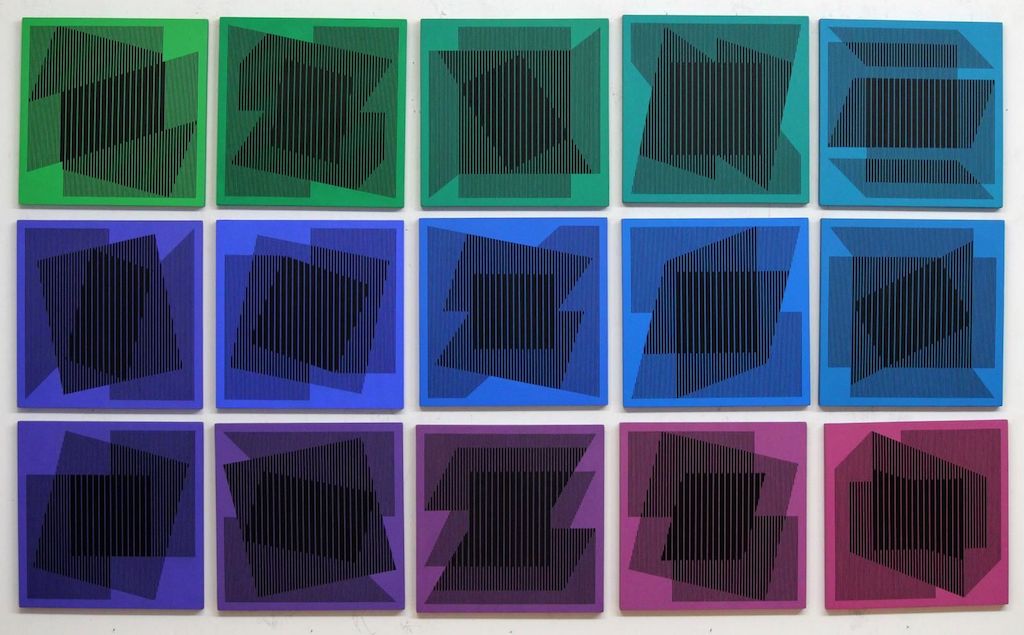5 Famous Artists Who Were Migrants and Other Stories
As long as there have been artists, there have been migrant artists. Like anyone else, they’ve left their homeland and traveled abroad for many...
Catriona Miller 18 December 2024
You may think that experiences such as forced labor in Siberia, losing the nerves in his dominant arm, or ending up in a refugee camp would have broken him. However, they didn’t; on the contrary, he transformed these extreme and abstract life experiences into a completely innovative painting style: Op Art. Meet Julian Stanczak (Stańczak), an abstract painter who fell into oblivion but will be rediscovered.

Julian Stanczak, The Duel, 1963, Museum of Modern Art, New York, NY, USA.
At age 12, Julian was deported with his whole family from Poland, where he had been born in 1928, to a Siberian labor camp. His whole family was forced to work in atrocious weather conditions, which irreversibly affected Julian. Due to illness and hard work, his dominant right arm became numb. Two years later, in 1942, his family escaped the camp and wandered 2,500 miles south, down to Teheran. Julian temporarily joined the Polish troops led by Polish army general Władysław Anders in Iran, together with his father. To join the army, Julian lied that he was 17 and not 14, but he eventually deserted and travelled to India. In the end, he ended up in a refugee camp in Uganda, together with his mother and sister, where he learned how to paint and write with his left hand. Uganda impacted his artistic style immensely, he later admitted in an interview. He especially emphasized the incredible quality of light, the saturation of colors, and the diversity of clothing patterns worn by Ugandan women.
To me it was a totally fantastic phenomenon, which, to my joy, took place every day before my eyes. I could observe how the jungle changed its colors from dark purple to light red, then again to blue-green or black. It was a delightful magic of colors. I was fascinated by this color play and wanted to portray it.
Even though Julian’s first exhibition took place in Nairobi, his career took off after he had immigrated with his family to the UK where he began university studies. A year later, the family moved again, this time to Cleveland, Ohio, where Julian recommenced his studies at the Cleveland Institute of Arts. He then moved in 1954 to Yale to study under famous painter Josef Albers. He made an effort to leave his traumatic experiences behind in order to start a new fulfilling life.

Estate of Julian Stanczak 2017, Courtesy Mitchell-Innes & Nash, NY, USA.
The transition from using my left hand as my right, main hand, was very difficult. My youthful experiences with the atrocities of the Second World War are with me, – but I wanted to forget them and live a “normal” life and adapt into society more fully. In the search for Art, you have to separate what is emotional and what is logical. I did not want to be bombarded daily by the past, – I looked for anonymity of actions through non-referential, abstract art.
Having completed the studies, Stanczak began experimenting with his art. He found inspiration by combining his memories of Ugandan colors with the rhythmical movements of the brush, reminding one of musical explorations. The title of his New York debut at the Martha Jackson Gallery in 1964, Julian Stanczak: Optical Paintings, was picked up by Donald Judd for the review he was writing for Arts magazine. Judd, then still quite unknown Minimalist sculptor, used the name ‘Op Art‘ to mock a little the new abstract trend and its possible marketing links with the Museum of Modern Art. All in all, the term stuck and Op Art became a new art craze in 1965. Despite critics’ derisive comments the exhibition was extremely popular with the audience.

Julian Stanczak, Formation, 1973. Estate of Julian Stanczak, Courtesy Mitchell-Innes & Nash, NY, USA.
While working on his chromatic explorations, created through a systematic process of adding colors and unveiling new ones in layers through masking tape and done without any preliminary sketches, Stanczak complemented his abstract life with a teaching career. A citizen of the US since 1957, he started teaching at the Art Academy of Cincinnati the same year. In 1964, he became a professor of painting at the Cleveland Institute of Art, where he worked until 1995. In 1970 he won a title “Outstanding American Educator” granted by the Educators of America.

Julian Stanczak, One Color = 4, 2011. Estate of Julian Stanczak, Courtesy Mitchell-Innes & Nash, NY, USA.
Even though Julian Stańczak is considered an icon and one of the founding fathers of Op Art, he is known to the very few. Despite the fact that his works have been exhibited for over 60 years and over 70 museums own his pieces, he has never gained vast public recognition. Hence, next time you’re in Cleveland Institute of Art, The Metropolitan Museum of Art, Miami University Art Museum, Museum of Fine Arts Boston, or Museum of Modern Art, pay his art a visit.
Below you can see a short documentary and interview with Julian Stanczak:
DailyArt Magazine needs your support. Every contribution, however big or small, is very valuable for our future. Thanks to it, we will be able to sustain and grow the Magazine. Thank you for your help!